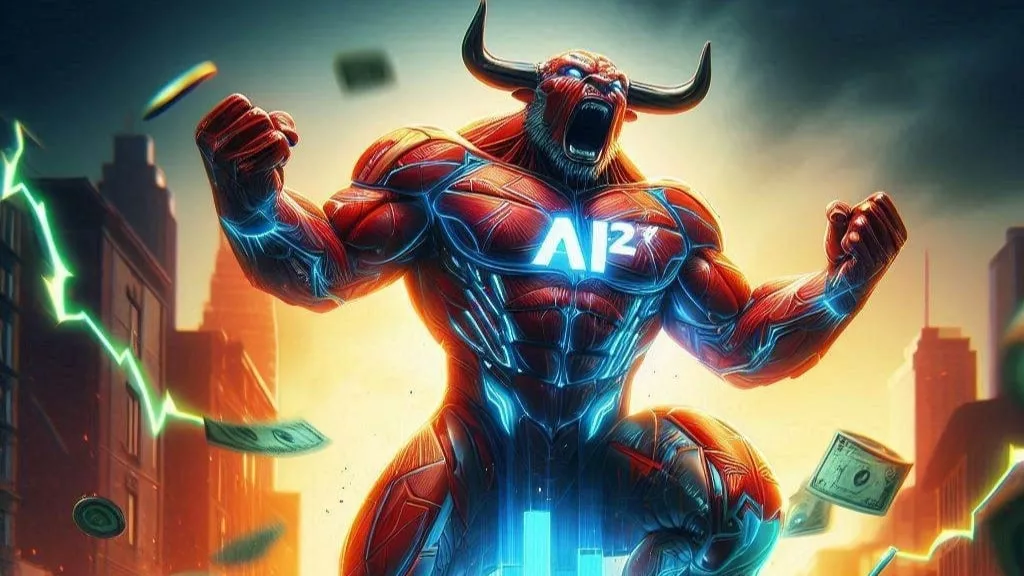
Johnny Garcia, Managing Director of Institutional Growth and Capital Markets at VeChain Foundation, shared valuable insights into the ongoing challenge of Bitcoin (BTC) reserve bills in the U.S. While five states have already rejected Bitcoin reserve legislation, Garcia stressed that overcoming the resistance goes beyond legislative pushback. It requires a concerted effort in educating both the public and lawmakers about Bitcoin’s utility beyond speculative investments.
Bitcoin reserve bills aim to integrate Bitcoin into state and federal financial systems, with the intention of modernizing investment frameworks and enhancing operational capabilities. However, the path to adoption has not been smooth. Garcia highlighted that only 18 states are still considering Bitcoin integration into their financial reserves, while five states—Montana, Wyoming, North Dakota, Mississippi, and Pennsylvania—have rejected these bills. The primary challenge lies in skepticism about Bitcoin’s value and economic sense as a reserve asset. Many argue that taxpayer funds should not be used to buy Bitcoin, a commodity that citizens can already acquire on their own.
Despite these setbacks, Garcia believes that success hinges on demonstrating Bitcoin’s real-world value beyond speculative investment. He emphasized that blockchain and decentralized finance (DeFi) have the potential to address practical issues such as sustainability, supply chain management, and transparency—use cases that go beyond simple financial speculation. Garcia pointed to VeChain’s efforts in using blockchain to verify sustainability claims as an example of how the technology can provide meaningful real-world solutions.
The skepticism about Bitcoin reserves is not unfounded, as Garcia noted that a significant portion of the population remains unconvinced of the long-term value of cryptocurrency as a financial asset. In light of this, he believes that educating citizens about the benefits of Bitcoin in reserves—such as increased transparency, faster settlement times, and reduced counterparty risks—is essential for gaining public support. This, in turn, will help pave the way for favorable legislation at both the state and federal levels.
Garcia also cautioned against interpreting the state-level rejections of Bitcoin reserve bills as a universal opposition to cryptocurrency. He pointed out that these rejections often occurred by narrow margins, and that the reasons behind the votes are more complex than a simple refusal of crypto as an asset class. Rather than generalizing, Garcia suggested that a deeper analysis of the reasons for the rejections is necessary to understand the specific concerns and hesitations among lawmakers. This nuanced approach could help identify areas where more education and advocacy are needed.
At the national level, the momentum for Bitcoin reserve legislation is growing. For example, Senator Cynthia Lummis recently reintroduced the BITCOIN Act, a proposal aimed at creating a U.S. Strategic Bitcoin Reserve. This bill would establish a reserve backed by up to 1 million BTC over a five-year period, with the intention of holding these assets for at least 20 years. The proposal, which builds on an executive order signed by former President Trump, signals a serious commitment to integrating Bitcoin into the U.S. financial system.
Garcia’s comments indicate that while the state-level setbacks are notable, they do not represent a final rejection of Bitcoin reserves. Instead, the ongoing national efforts and growing interest in Bitcoin at the federal level provide hope for future acceptance. As more use cases for blockchain and Bitcoin are demonstrated, particularly in sectors beyond finance, Garcia is confident that the narrative surrounding Bitcoin will shift, potentially leading to more widespread adoption.
In conclusion, while the rejection of Bitcoin reserve bills in several states presents a significant challenge, Garcia’s perspective offers a hopeful outlook. He emphasizes that education, both for the public and lawmakers, will be key to overcoming resistance. Furthermore, the increasing interest in Bitcoin reserves at the national level shows that momentum is building for cryptocurrency to become an accepted part of the U.S. financial system. As blockchain technology continues to demonstrate its utility in real-world applications, such as sustainability and transparency, the future of Bitcoin reserves looks promising.




Get the latest Crypto & Blockchain News in your inbox.